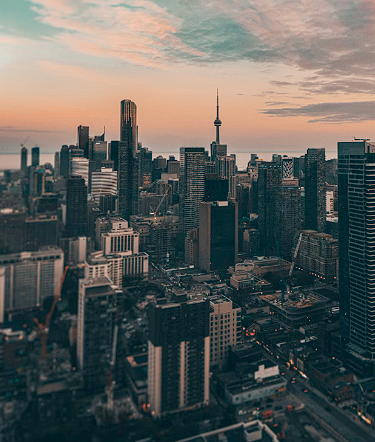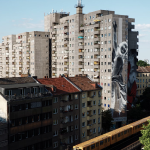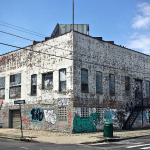Empowering Communities: Participatory Urban Design.
Participatory design is a collaborative approach that involves local residents, stakeholders, and experts in the planning and design of urban spaces. By engaging community members in the decision-making process, participatory design empowers them to shape their built environment according to their needs, preferences, and aspirations. In this blog post, we’ll explore the principles and benefits of participatory design and showcase examples of successful projects that have transformed communities through inclusive engagement.
1. Understanding Participatory Design:
Participatory design is based on the principle that those who use and inhabit urban spaces should have a voice in their design and development. It emphasizes collaboration, equity, and transparency, fostering meaningful dialogue and shared decision-making among diverse stakeholders.
2. Key Principles of Participatory Design:
- Inclusivity: Ensuring that diverse voices and perspectives are represented in the design process.
- Empowerment: Equipping community members with the knowledge, skills, and resources to actively participate in decision-making.
- Transparency: Providing clear and accessible information about the design process, objectives, and outcomes.
- Collaboration: Facilitating open dialogue and cooperation among stakeholders, including residents, designers, planners, and policymakers.
3. Benefits of Participatory Design:
Participatory design offers numerous benefits, including:
- Enhanced community engagement and ownership of projects
- Improved design outcomes that better reflect local needs and values
- Increased social cohesion and trust between residents and decision-makers
- Greater innovation and creativity through diverse perspectives and knowledge-sharing
4. Examples of Participatory Design Projects:
- Community-led Park Redesign: Residents collaborate with landscape architects and city officials to transform an underutilized park into a vibrant community space, incorporating features and amenities suggested by local residents.
- Neighborhood Streetscape Improvement: A participatory design process engages residents, business owners, and transportation planners in redesigning a neighborhood streetscape to enhance pedestrian safety, accessibility, and aesthetic appeal.
- Public Art Installation: Artists collaborate with community members to create a public art installation that reflects the cultural heritage and identity of the neighborhood, fostering pride and a sense of belonging among residents.
5. Best Practices for Successful Participatory Design:
- Start Early: Involve community members from the outset of the design process to ensure their input shapes project goals and objectives.
- Build Relationships: Cultivate trust and rapport with stakeholders through ongoing communication, collaboration, and relationship-building efforts.
- Be Flexible: Adapt the design process to accommodate diverse perspectives, preferences, and priorities, allowing for iterative feedback and adjustments.
- Provide Support: Offer resources, training, and technical assistance to empower community members to actively participate in the design process.
Conclusion: Participatory design is a powerful tool for empowering communities and creating more inclusive, responsive, and sustainable urban environments. By engaging residents as active partners in the design and development of their neighborhoods, cities can harness local knowledge, creativity, and resources to create places that truly reflect the needs, values, and aspirations of the people who live there.


